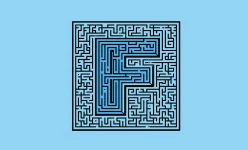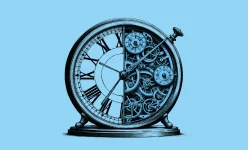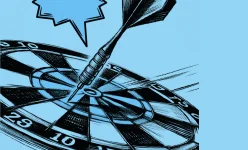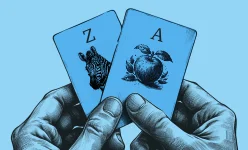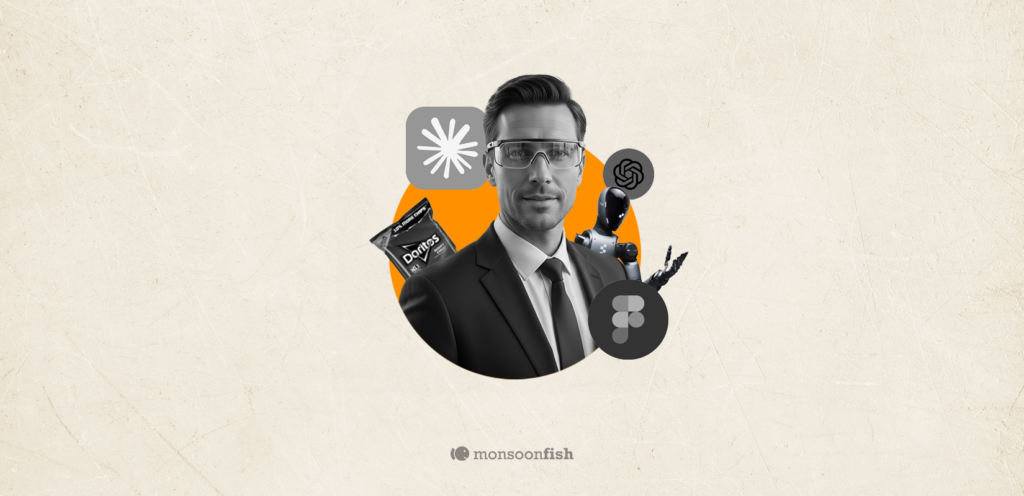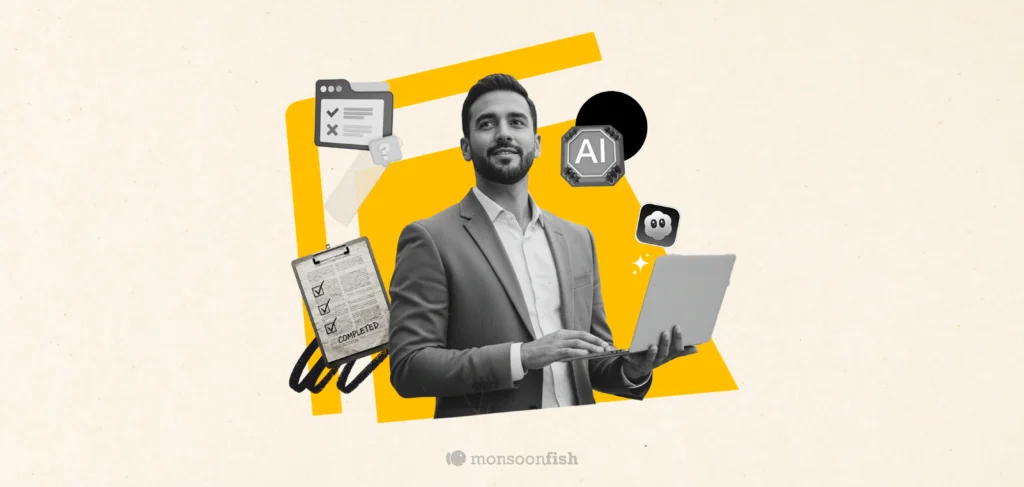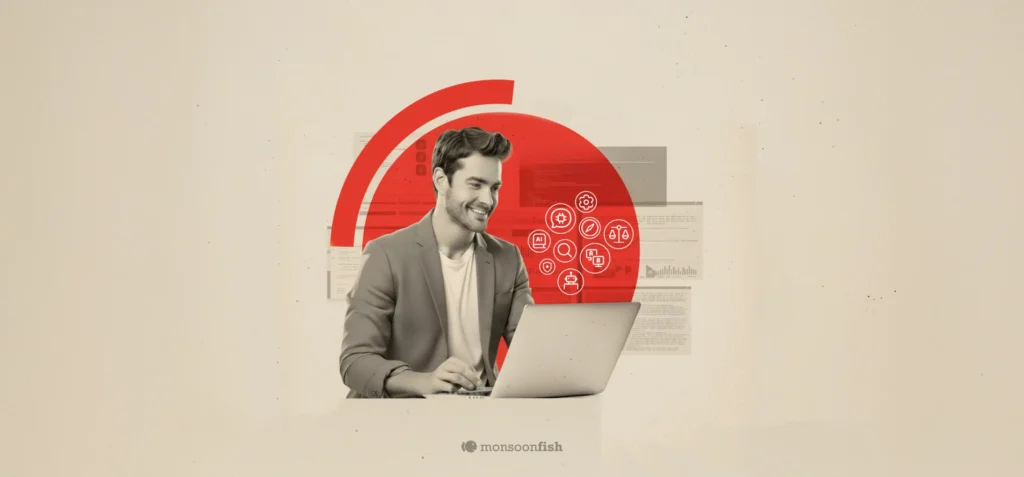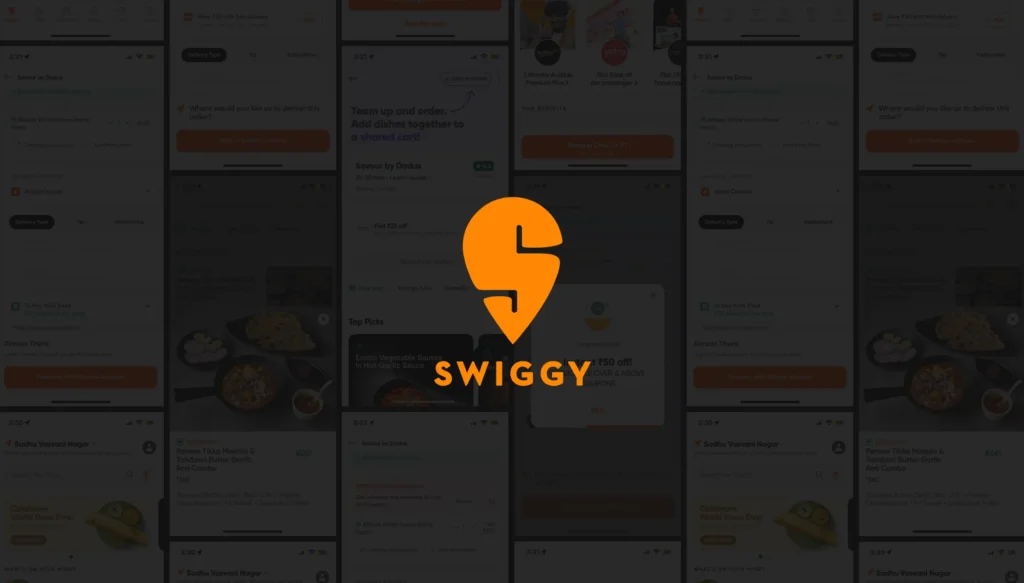Peak end rule
People tend to remember experiences based on their most thrilling moment and how they conclude, rather than every detail in between.

Peak end rule
Maya loved visiting her grandmother’s house every summer, especially for the big family dinner. The dinner would always have delicious dishes, lots of jokes, and retelling of childhood stories. Everything about the dinner was delightful—except for the dessert. Every year, Grandma insisted on serving her homemade bitter almond pudding, which Maya secretly disliked. No matter how much she enjoyed the rest of the dinner, she always left with the unpleasant aftertaste of the pudding lingering in her memory.
One summer, Maya convinced Grandma to try something different—fresh fruit tarts with honey. Grandma agreed, and that year’s dinner felt like the best one ever. The meal was just as wonderful as always, but this time, it ended on a sweet and refreshing note. Days later, when Maya thought back on the feast, she realized she remembered it far more fondly than the others. The final moments had left a lasting impression, making the entire experience feel better in her mind.
Maya realized that people don’t remember every detail of an experience, but rather its most intense moment and how it ends.
Whether it’s a meal, a vacation, or a customer experience, the way it concludes can shape how it’s remembered.
The Peak-End Rule suggests that people judge an experience based on its most emotionally intense point (the peak) and its conclusion, rather than the entire experience. Whether designing a product, planning an event, or creating a service, focusing on key highlights and a strong ending ensures people remember it positively and are more likely to return.
Contents
CATEGORIES







